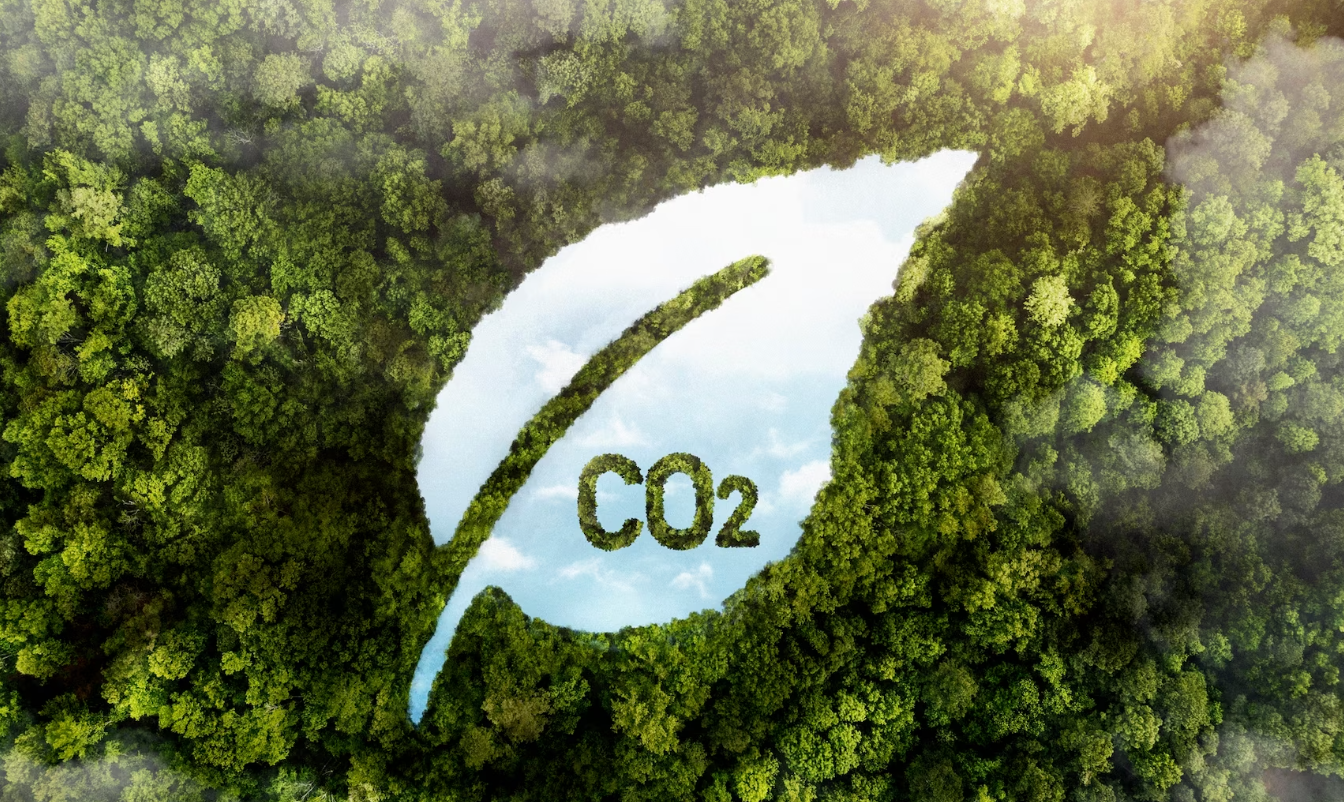Will increasing the industrial carbon tax reduce carbon emissions?
The Ontario government proposes to increase carbon tax for industries in alignment with federal benchmarks and initiatives, though it remains unsupportive of a federally-imposed price on carbon.
In the summer of 2022, the Ontario government released its proposed amendments of the Emissions Performance Standard (EPS) program for 2023 to 2030. While the carbon tax will not increase for residents, the Ontario government intends to increase carbon tax for industries. This motion will increase the taxed amount per tonne of carbon dioxide emitted from $40 to $65 by 2024, and then $15 yearly until it reaches $170 by 2031. This aligns with the federal benchmark denoted by the Government of Canada’s climate plan—known as A Healthy Environment and a Healthy Economy Act.
The carbon tax was first implemented in March of 2007, when Alberta declared it would reduce greenhouse gas emissions, after which many provinces followed along. In June 0f 2018, the Greenhouse Gas Pollution Pricing Act was passed. The act mandates a carbon emissions pricing system for all provinces and territories that meets the federal benchmark requirements, or to use the federal system altogether.
The amendments come more than a year after Ontario, Alberta, and Saskatchewan’s provincial governments lost their carbon tax case against the federal government before the Supreme Court of Canada on March 25, 2021. The three provincial governments argued that the federal government lacked the jurisdiction to set a minimum tax on carbon in the Greenhouse Gas Pollution Pricing Act that all provinces must comply with. The Supreme Court concluded that having a minimum national price standard for carbon dioxide emissions was vital to Canada, stating: “This matter is critical to our response to an existential threat to human life in Canada and around the world.”
Ontario’s Environment Minister David Piccini explained to Global News that the provincial government must comply with federal government’s carbon tax policy and benchmark, especially after the Supreme Court’s ruling in March of 2021. However, he states that the Ontario government does not support the federal standard for carbon prices, and that the province has a “made-in-Ontario solution that works for Ontario industry.”
Notably, Piccini states that the provincial government aims to ease carbon tax pressure on industries that are struggling to meet carbon dioxide reduction targets. Ontario will also be using its own structure—the aforementioned EPS program—for taxing carbon emissions as opposed to the federal Output-Based Pricing System. Regardless, the Ontario government will still comply with the federal target of $170 taxed per tonne of carbon dioxide by 2031.
Logistically, it is easy for the government to implement carbon taxes. On the David Suzuki Foundation: One Nature website—an organization focused on promoting sustainable development—it is stated that carbon tax policy “can rely on existing administrative structures for taxing fuels and can therefore be implemented in just a few months.”
Staff Writer (Volume 49); Associate News Editor (Volume 48) — Razia Saleh is currently completing a Biology degree at UTM. She has been involved with The Medium since 2020 as a contributor and continued to write for The Medium as an Associate News Editor during Volume 48. She hopes that her experience as a writer with The Medium will help her contribute to society's efforts to provide authentic and factual journalistic media to educate her readers. She hopes to take her interest in ongoing research within the scientific field and explore ways to share it with others through this platform. In her spare time, she paints natural landscapes inspired by her travels and enjoy a few live concerts throughout the year. You can connect with her on Linkedin.


